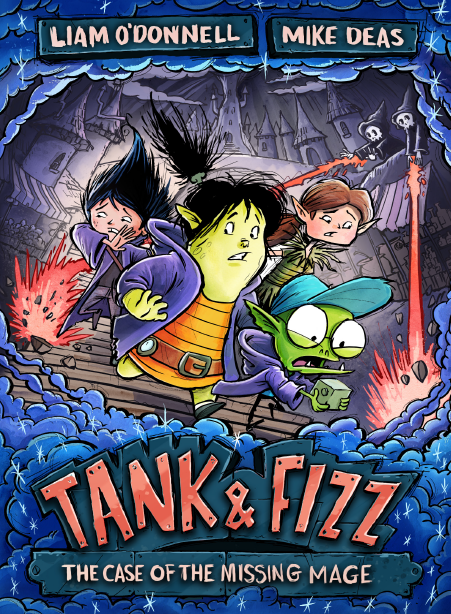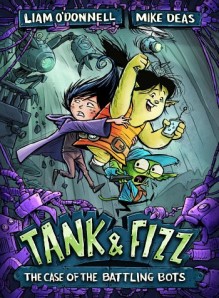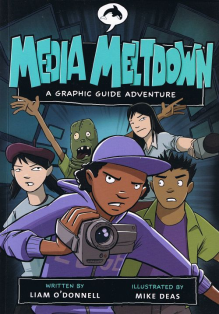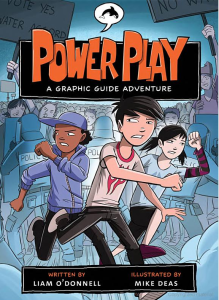– Interent Bullying, csmonitor.com
Young people are always among the first to find new ways to use emerging technologies, sometimes with disturbing results. A December 31st post on www.textually.org highlights that electronic bullying is on the rise among kids and teens around the globe.
Instant Messages, text messages, photophones, websites and blogs now serve as vehicles for cruel remarks, taunts and the spread of gossip. The power of the medium is twofold: hateful remarks can reach large audiences and the bully?s identity remains hidden.
This article, by Amanda Paulson in the Christian Science Monitor provides a great introduction into this rising problem. Texually.org devotes a whole category to issue of cyberbullying and in Northern Ireland, the police are on-call around the clock monitoring a youth site specifically designed to give advice on bullying and internet safety.

The site, www.urzone.com (pictured left), mixes games and information with community that aims to teach users about online safety and health issues. Users can log on, be a cop for a day, learn about drug dangers and email police officers with specific questions and be guaranteed a prompt reply.
Canada has its own online bullying resources, like www.cyberbullying.ca and www.bullying.org. The people behind these initiatives want to teach young people that new digital tools bring new responsibilities. Bill Belsy, the president of bullying.org, puts it well in the CSM article:
?The promise of technology is absolutely brilliant. But we have to understand that the world our kids are growing up in is different than it was in the past. We can’t condemn it, but need to give our kids enough information to cope with the world they’re living in…. We need to show kids all the positive potential for teaching and learning that all this connectivity has.”
This is an old problem with a new delivery system. The old methods of fighting bullying still work with digital attacks: Teach kids to report incidents, don’t engage the bully and talk about the issues.
Connectivity needs to be paired with communication. With these new tools in everybody’s hands, communicating shouldn’t be a problem.




















